Figures & data
Table 1 Demographic characteristics for participants according to treatment protocol and treatment delivery condition
Table 2 Group performance on speech and language measures according to treatment protocol and treatment delivery condition
Table 3 Lexical retrieval treatment cueing hierarchy
Figure 1 Mean performance on pre-treatment, post-treatment, and follow-up measures for all LRT participants.
Abbreviations: LRT, lexical retrieval treatment; BNT, Boston Naming Test; WAB AQ, Western Aphasia Battery Aphasia Quotient.
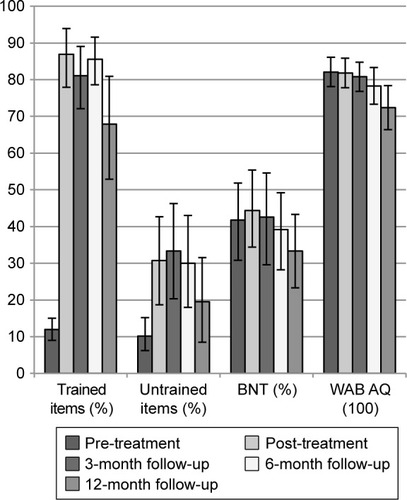
Figure 2 Mean pre- to post-treatment change scores (post minus pre) for participants completing LRT in person or via teletherapy.
Table 4 Mean performance on trained and untrained items (SDs) for LRT participants by treatment type
Abbreviations: LRT, lexical retrieval treatment; BNT, Boston Naming Test; WAB AQ, Western Aphasia Battery Aphasia Quotient.

Table 4 Mean performance on trained and untrained items (SDs) for LRT participants by treatment type
Figure 3 Mean change scores from post-treatment to 3-month follow-up (3 months minus post) for participants completing LRT in-person or via teletherapy.
Abbreviations: LRT, lexical retrieval treatment; BNT, Boston Naming Test; WAB AQ, Western Aphasia Battery Aphasia Quotient.
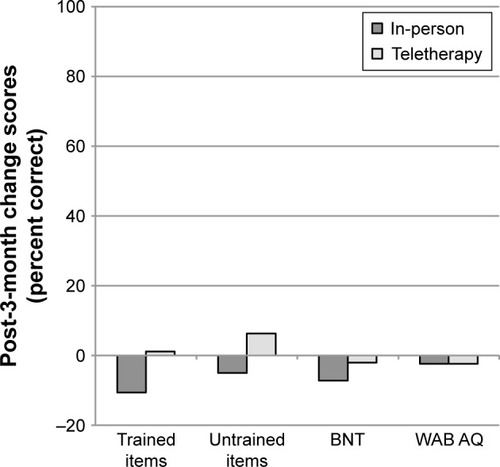
Figure 4 Mean change scores from post-treatment to 6-month follow-up (6 months minus post) for participants completing LRT in-person or via teletherapy.
Abbreviations: LRT, lexical retrieval treatment; BNT, Boston Naming Test; WAB AQ, Western Aphasia Battery Aphasia Quotient.
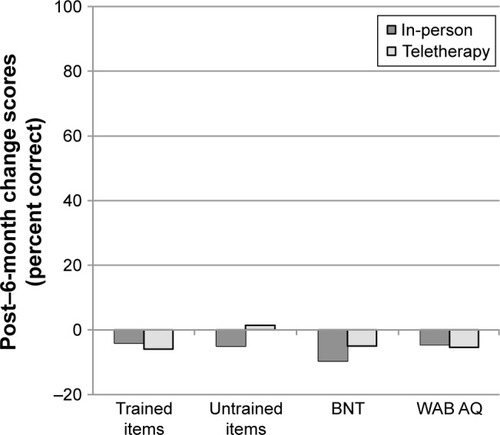
Figure 5 Mean change scores from post-treatment to 12-month follow-up (12 months minus post) for participants completing LRT in-person or via teletherapy.
Abbreviations: LRT, lexical retrieval treatment; BNT, Boston Naming Test; WAB AQ, Western Aphasia Battery Aphasia Quotient.
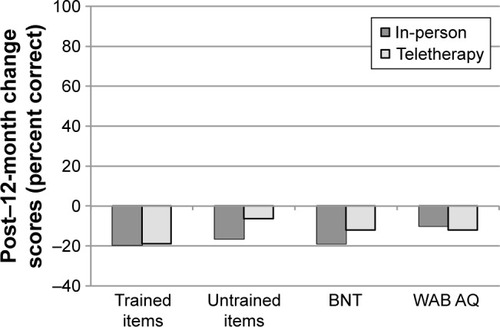
Table 5 VISTA clinician-guided treatment hierarchy
Figure 6 Mean performance on pre-treatment, post-treatment, and follow-up measures for VISTA participants.
Abbreviations: VISTA, video-implemented script training for aphasia; NAT, Northwestern Anagram Test; WAB AQ, Western Aphasia Battery Aphasia Quotient.
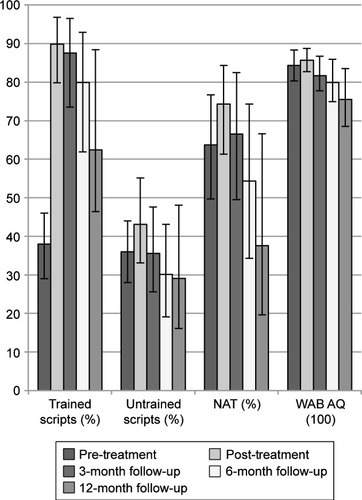
Figure 7 Mean pre- to post-treatment change scores (post minus pre) for participants completing VISTA in person or via teletherapy.
Table 6 Mean performance on trained and untrained scripts (SDs) for VISTA participants by treatment type
Abbreviations: VISTA, video-implemented script training for aphasia; NAT, Northwestern Anagram Test; WAB AQ, Western Aphasia Battery Aphasia Quotient.

Table 6 Mean performance on trained and untrained scripts (SDs) for VISTA participants by treatment type
Figure 8 Mean change scores from post-treatment to 3-month follow-up (3 months minus post) for participants completing VISTA in-person or via teletherapy.
Abbreviations: VISTA, video-implemented script training for aphasia; NAT, Northwestern Anagram Test; WAB AQ, Western Aphasia Battery Aphasia Quotient.
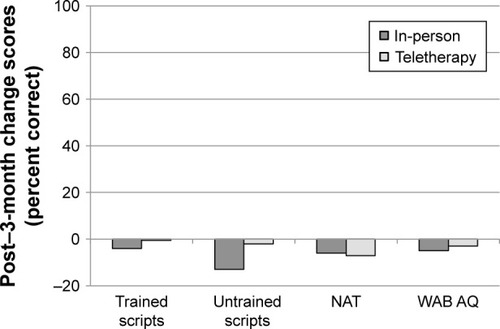
Figure 9 Mean change scores from post-treatment to 6-month follow-up (6 months minus post) for participants completing VISTA in-person or via teletherapy.
Abbreviations: VISTA, video-implemented script training for aphasia; NAT, Northwestern Anagram Test; WAB AQ, Western Aphasia Battery Aphasia Quotient.
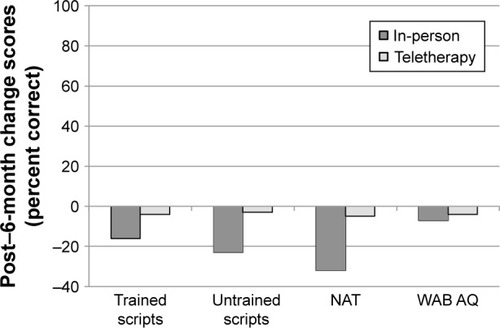
Figure 10 Mean change scores from post-treatment to 12-month follow-up (12 months minus post) for participants completing VISTA in-person or via teletherapy.
Abbreviations: VISTA, video-implemented script training for aphasia; NAT, Northwestern Anagram Test; WAB AQ, Western Aphasia Battery Aphasia Quotient.

Table S1 Demographic characteristics and change scores for trained items for LRT-1 and LRT-2 participants
Table S2 Results of paired-samples permutation tests comparing treatment outcome measures and standardized test scores at each time point relative to pre-treatment and post-treatment for participants who underwent LRT
Table S3 Results of two-tailed paired-samples permutation tests comparing treatment outcome measures and standardized test scores at each time point relative to post-treatment for participants who underwent VISTA
